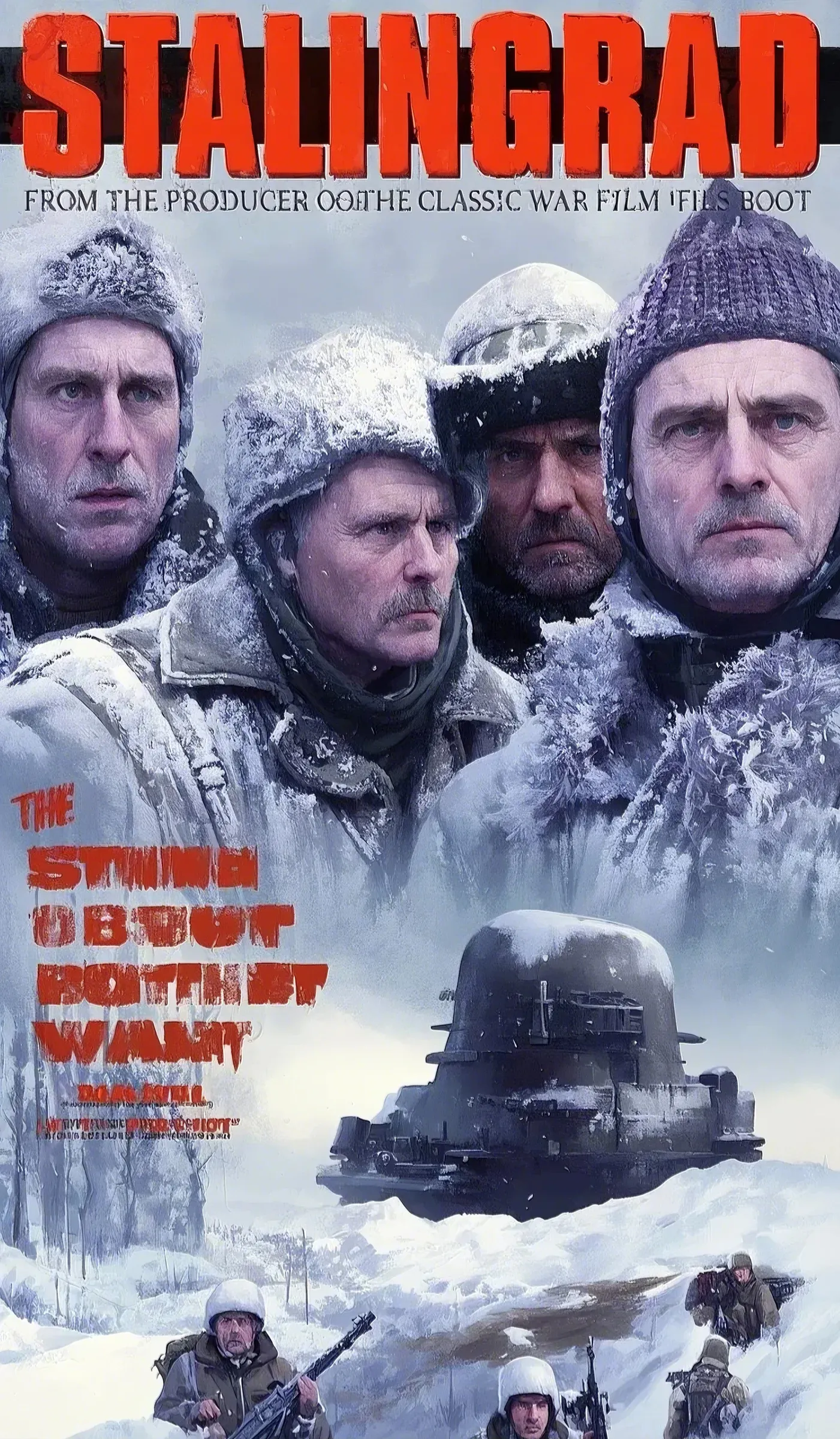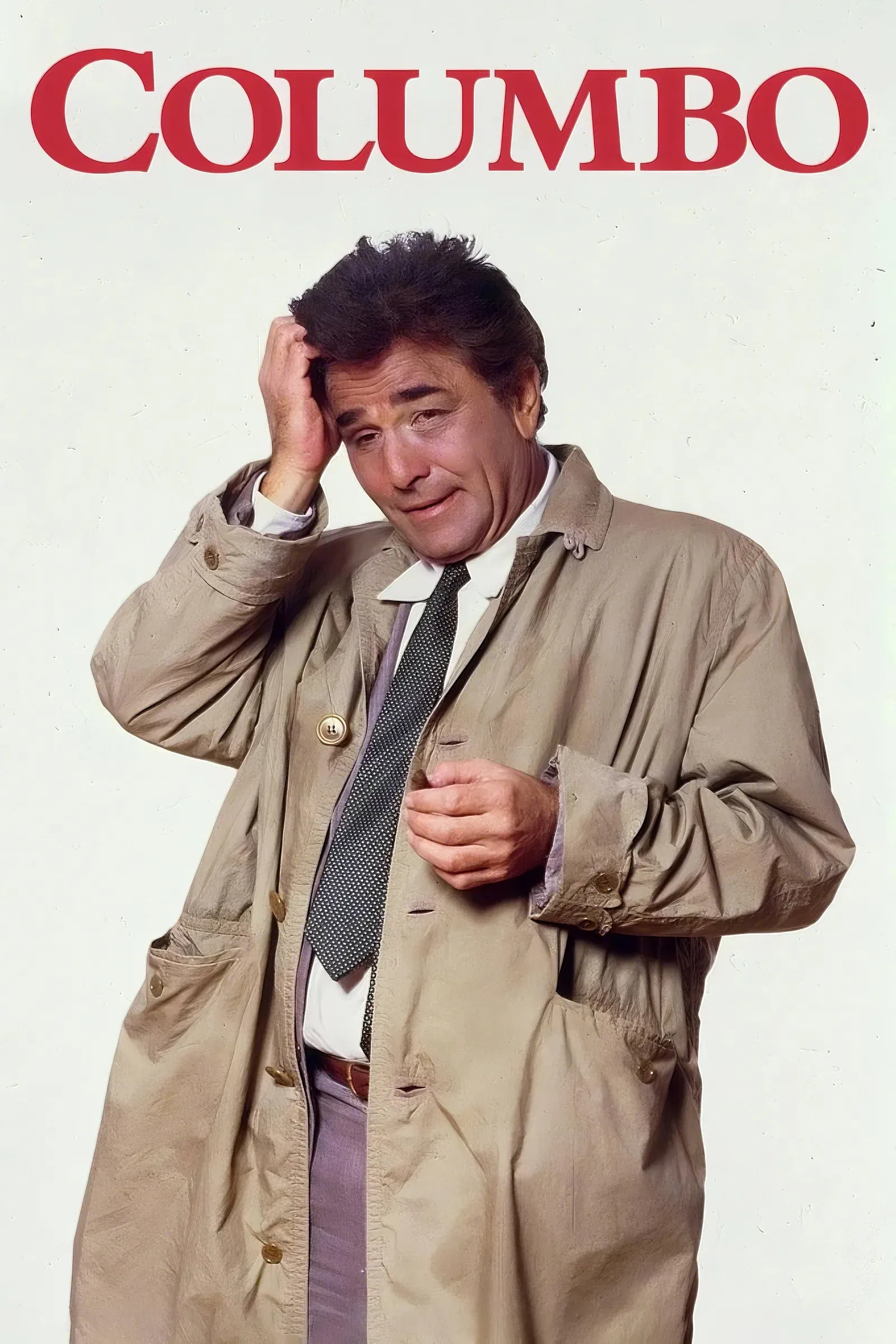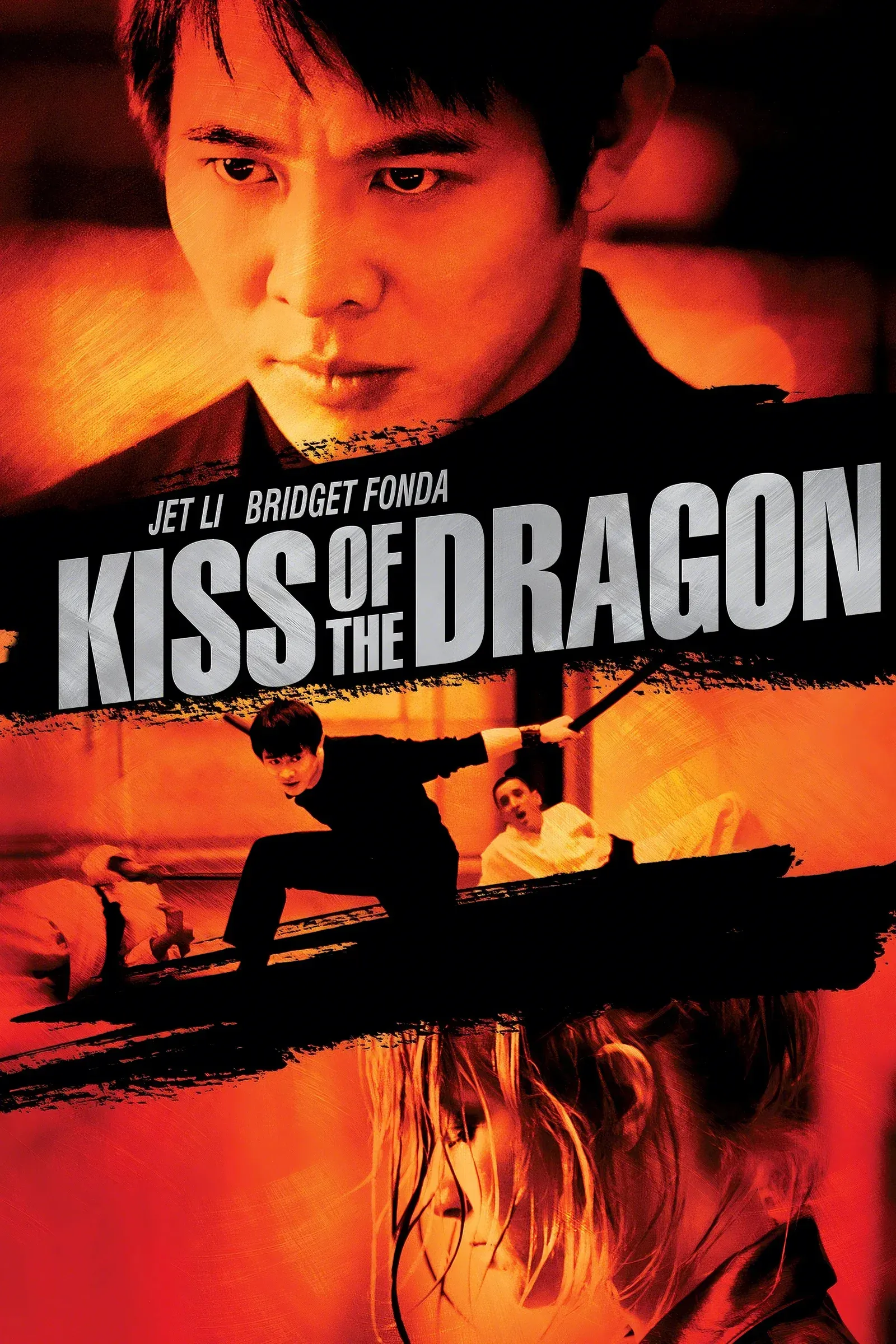Full Movie:
Stalingrad (1993) is a German war film directed by Joseph Vilsmaier, set during the brutal Battle of Stalingrad in World War II. The film portrays the experiences of a group of German soldiers caught in one of the most infamous and deadly battles of the war, highlighting the horrors of urban combat, the brutal winter conditions, and the eventual collapse of the German forces.
Overview:
- Title: Stalingrad (1993)
- Director: Joseph Vilsmaier
- Language: German
- Genre: War, Drama
- Runtime: 132 minutes
Plot:
Stalingrad follows a group of German soldiers who are part of the 6th Army, which is sent to the Soviet Union to capture Stalingrad in the summer of 1942. The battle was one of the turning points of the war, as it marked the beginning of the German retreat on the Eastern Front.
The soldiers in the film are mostly ordinary men, not fanatical Nazis, and they face a series of brutal challenges in the city. The movie doesn’t glorify war but shows the soldiers' experiences of fear, desperation, and the psychological toll of fighting in a seemingly hopeless situation. The main characters include:
- Kienholz (played by Thomas Kretschmann) - One of the soldiers who becomes increasingly disillusioned with the war.
- Witzland (played by Jochen Nickel) - Another soldier who shares the same grim fate.
- Herbert (played by Sebastian Rudolph) - A soldier who finds himself struggling with the harsh conditions.

As the battle drags on, the German soldiers face continuous Soviet resistance, harsh winter conditions, starvation, and the complete encirclement of their forces. The film captures the futility and suffering of the soldiers, many of whom are ill-prepared for the devastating Russian winter and the unrelenting Soviet counterattacks.
The battle itself is portrayed in a stark, realistic manner, with a focus on the brutality of close-quarters combat, the emotional and physical breakdowns of the soldiers, and the inevitable collapse of the German army.
Themes:
-
The Horror of War: The film makes a conscious effort to portray the terrifying and senseless nature of war. Through the suffering of the German soldiers, it conveys the idea that war is a tragedy for all involved.
-
Survival and Desperation: The characters are shown to do whatever they can to survive, whether it’s dealing with the extreme cold, fighting in a city that has been reduced to rubble, or coping with hunger and exhaustion. The constant battle for survival becomes the focal point of the film, overshadowing any sense of honor or purpose.
-
Disillusionment and Loss: Many of the soldiers become disillusioned as they realize they are caught in a hopeless situation. The brutal, endless nature of the battle wears them down emotionally and physically.
-
Humanity and Brotherhood: In the midst of all the chaos, the soldiers form bonds with one another, but those bonds are tested by the harsh conditions of the battle. The film also explores how the soldiers’ humanity is tested in extreme circumstances.
-
Futility and Miscalculations: The Battle of Stalingrad is shown as a disastrous military operation for the Germans, emphasizing how the hubris and overconfidence of Nazi leadership led to their downfall.
Historical Context:
The Battle of Stalingrad (August 23, 1942 – February 2, 1943) was one of the bloodiest battles in history, with an estimated 2 million casualties. It marked a significant turning point in the war, as the German forces, after months of fierce fighting, were surrounded and defeated by the Soviet Red Army. The battle, fought in the Russian city of Stalingrad (now Volgograd), was characterized by brutal house-to-house fighting, heavy airstrikes, and extreme cold. The German defeat at Stalingrad is often seen as the first major defeat of Nazi Germany in World War II, setting the stage for the eventual Soviet victory on the Eastern Front.
Reception:
-
Critical Reception: Stalingrad was generally well-received for its realistic portrayal of war and its anti-war message. Critics praised the film’s stark realism, its ability to capture the horrors of battle, and the strong performances of the cast.
-
Audience Reception: While it received acclaim for its historical accuracy and emotional depth, some audiences were disturbed by its graphic and intense depiction of war. The film is often considered one of the more realistic war movies about the Eastern Front, offering a rare German perspective on the battle.
Cinematic Style:
The film stands out due to its gritty and realistic approach to depicting war. The use of practical effects, realistic battle sequences, and the stark portrayal of the environment (such as the ruins of Stalingrad and the harsh winter) adds to the film’s authenticity. The film doesn’t glorify heroism or the concept of war; instead, it focuses on the grim realities faced by the soldiers.
Cast:
- Thomas Kretschmann as Kienholz
- Jochen Nickel as Witzland
- Sebastian Rudolph as Herbert
- Dominique Horwitz as the German officer
- Nikolai Bystrov as a Soviet soldier
Conclusion:
Stalingrad (1993) is a powerful anti-war film that emphasizes the futility and horror of combat. By focusing on the personal stories of soldiers caught in one of the most devastating battles in history, it offers a harrowing and emotional portrayal of the Battle of Stalingrad. The film is a tribute to the human cost of war and serves as a reminder of the sacrifices made during the conflict.






-1741062323-q80.webp)